<< Previous | Displaying results 6726-6749 of 6772 for "" | Next >>
Martha and Waitstill Sharp, American Unitarian aide workers, helped thousands of Jews, intellectuals, and children in Prague, Lisbon, and southern France in 1939–1940.
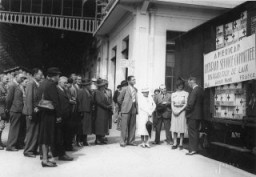
An underground courier for the Polish government-in-exile, Jan Karski was one of the first to deliver eyewitness accounts of the Holocaust to Allied leaders.
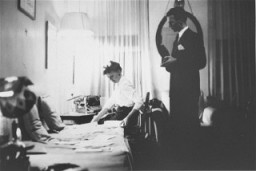
Brief overview of the charges against Hermann Göring, highest ranking Nazi official tried during the International Military Tribunal at Nuremberg.
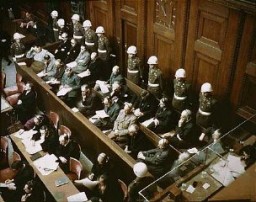
The Nazi Party was one of a number of right-wing extremist political groups that emerged in Germany following World War I. Learn about the Nazi rise to power.
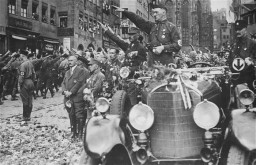
Yiddish writer Chaim Yelin was a leader of the Kovno ghetto underground resistance movement again the Germans.
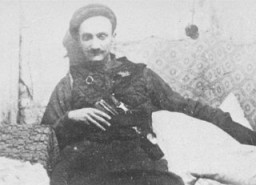
The word antisemitism means prejudice against or hatred of Jews. The Holocaust is history’s most extreme example of antisemitism. Learn more.
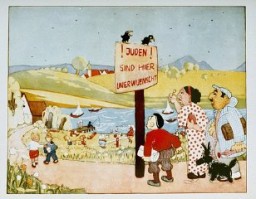
Learn about African Americans' experiences in Nazi Germany before and during World War II.
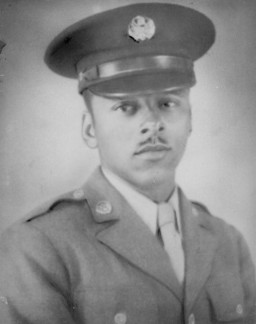
Vidkun Quisling, Minister President of Norway from 1942 to 1945, was a Norwegian fascist and Nazi collaborator. His last name has come to mean “traitor” or “collaborator.”
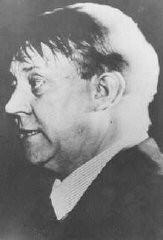
The D-Day invasion was the largest amphibious attack in history. Read articles and browse photos and videos of Allied forces invading Normandy on June 6, 1944.
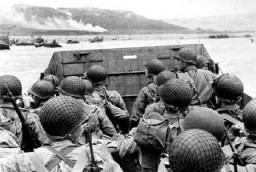
David Bayer lived in Kozienice, Poland. Explore his biography and learn about his experiences during World War II and the Holocaust.
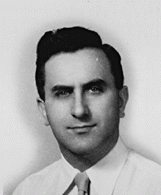
Explore Frank Liebermann’s biography and learn about his experiences of antisemitism in his home town in Germany before World War II.
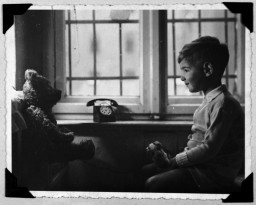
Recommended resources, topics, context, rationale, and critical thinking questions if you have limited time to teach about the Holocaust.
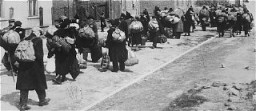
Prosecutors before the IMT based the case against 22 leading Nazi officials primarily on thousands of documents written by the Germans themselves. Learn more.

Resistance comes in many forms, both violent and non-violent, collective and individual. Learn more about Jewish resistance to Nazi oppression.
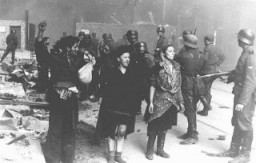
The Germans established an internment camp at Drancy in August 1941. The following summer, Drancy became the main transit camp for deportations of Jews from France.

Read about the Nazi persecution of Black people, as well as Black people's experiences in Germany before the Nazi rise to power.
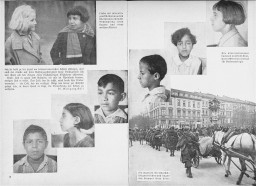
Jews were the primary targets for mass murder by the Nazis and their collaborators. Nazi policies also led to the brutalization and persecution of millions of others.
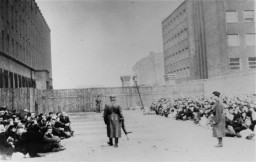
Franklin D. Roosevelt was 32nd president of the US. Learn about the domestic and international challenges FDR faced as president during World War II.
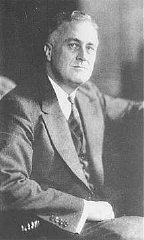
With help from allies and collaborators, German authorities deported Jews from across Europe to killing centers. The vast majority were gassed almost immediately after their arrival in the killing centers.

The Wagner-Rogers Bill proposed admitting 20,000 refugee children to the US from the Greater German Reich in 1939–40, but did not become law. Learn more

Nicholas Winton organized a rescue operation that brought hundreds of children, mostly Jewish, to safety in Great Britain before WWII. Listen to his accounts.
Dachau was the first and longest operating Nazi concentration camp. Learn about the camp's early years, prisoners, medical experiments, and liberation.
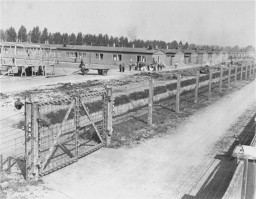
During the Weimar Republic (1919-1933), eugenics gained popularity in Germany. Learn more about the pseudoscience of “racial hygiene.”
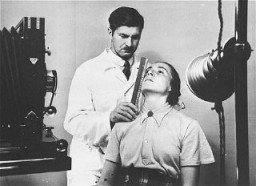
The term genocide refers to violent crimes committed against groups with the intent to destroy the existence of the group. Learn about the origin of the term.

We would like to thank Crown Family Philanthropies, Abe and Ida Cooper Foundation, the Claims Conference, EVZ, and BMF for supporting the ongoing work to create content and resources for the Holocaust Encyclopedia. View the list of donor acknowledgement.